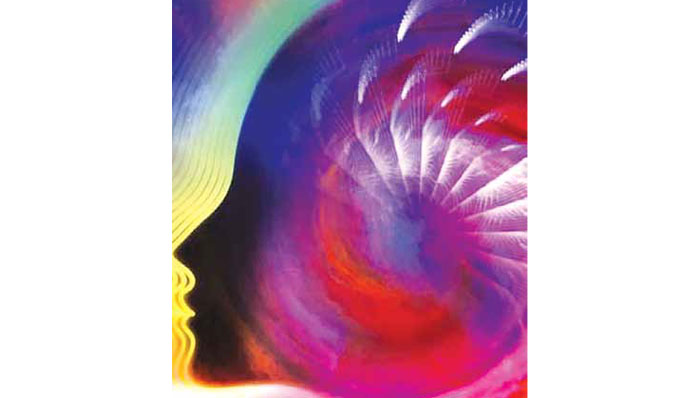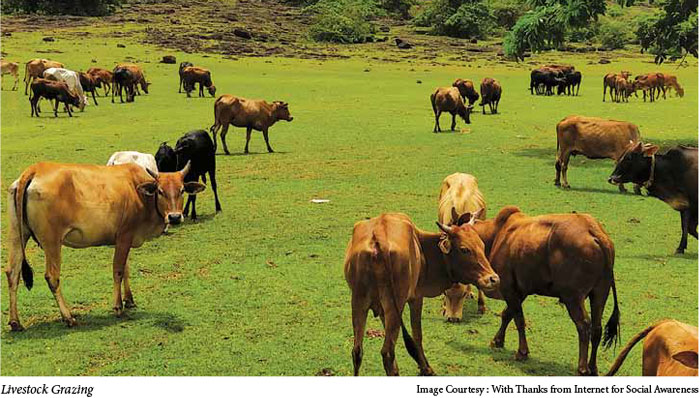
Magnificent Madhai: A Paradise for Wetland Birds
By Dr. Sanjay Kumar Shukla
Madhya Pradesh has the largest forest cover in India and is rich in floral and faunal diversity. MP has some of the most favourite wildlife destinations of India which includes Satpuda Tiger Reserve, situated in Hoshangabad district of Madhya Pradesh. It is located in Satpuda Ranges of Central Indian Highlands and also derives the name from this hill range.

Satpuda Tiger Reserve comprises of core and buffer area. The core area includes three protected areas, viz. Satpuda National Park, Bori Sanctuary and Pachmarhi Sanctuary. The total area of the tiger reserve is 1440.85 km² which includes 1339.26 km² of core and 170.75 km² of buffer area. It is spread over different altitudes ranging from 300 meters to 1350 meters. It is still believed to be undisturbed and unspoiled protected area. Tiger reserve offers panoramic view of nature at its best with rocky mountain peaks, gorges, gurgling waterfalls, sparkling stream, dense deep valleys, rivulets etc.
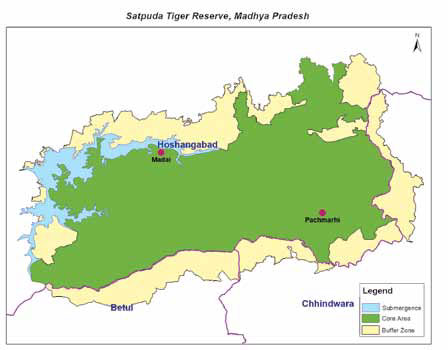
There are two tourist zones in the core area, viz Madhai and Panaarpani (Pachmarhi) but Madhai by far is the most favourite zone. This zone is named on the name of the village Madhai, located at a beautiful site on the bank of backwater of Denwa river, one of the tributaries of Narmada. It is about 22 kms from Sohagpur, and approximately 3 hours’drive from Bhopal.
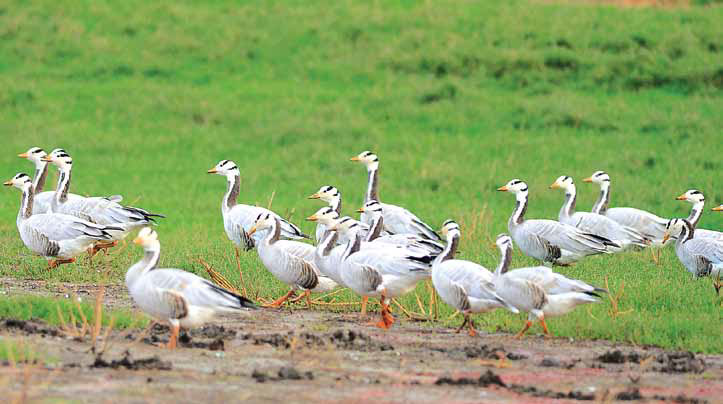
Bar Headed Geese (Anser indicus)
Madhai has become one of the most sought-after wildlife destinations in the state because of the uniqueness and the variety of safaris it provides to the tourists. This area is rich in wildlife and the scenic beauty is a major attraction among the others. Being situated on the backwaters of Denwa river, the safari gate can be reached only by crossing the water by boats operated by park management. One can also enjoy the boat safari to have a unique experience of sighting wildlife while enjoying the boat ride. Adventurous tourists can enjoy canoeing in the backwaters. Many islands are formed in the backwaters and in the winters many migratory birds visit this area in thousands including bar-headed geese. For last few years Indian skimmers have also been reported from this area.
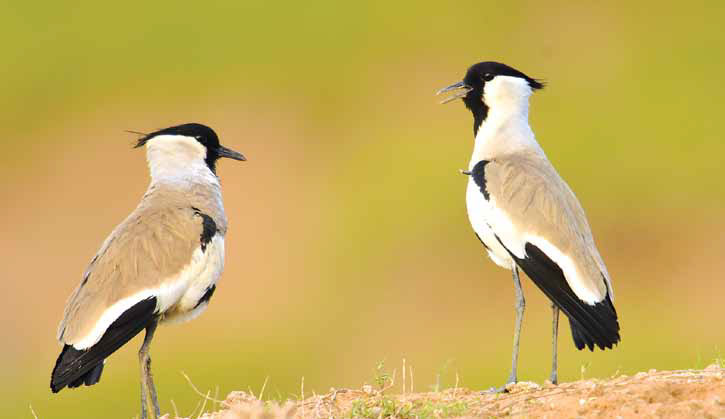
River Lapwing (Vanellus Duvaucelii)
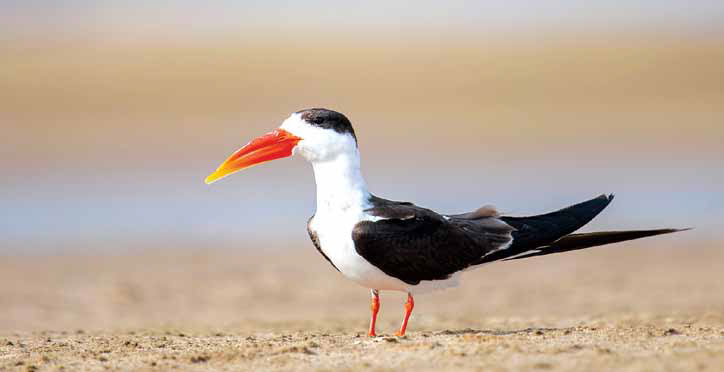
Indian Skimmer (Rynchopsalbicollis)
The huge water body formed by the backwater of Denwa creates an amazing habitat for the aquatic and wading birds. The receding water creates shallow pools and sandy islands for nesting and breeding of many birds including river terns and skimmers. The boat safari in Madhai provides an opportunity of the spectacular sighting of these birds in the winters, viz painted storks, openbills, spoonbills, ibis, brahminy ducks, bar-headed geese, skimmers, cormorants, herons, teals, comb ducks, kingfishers etc.
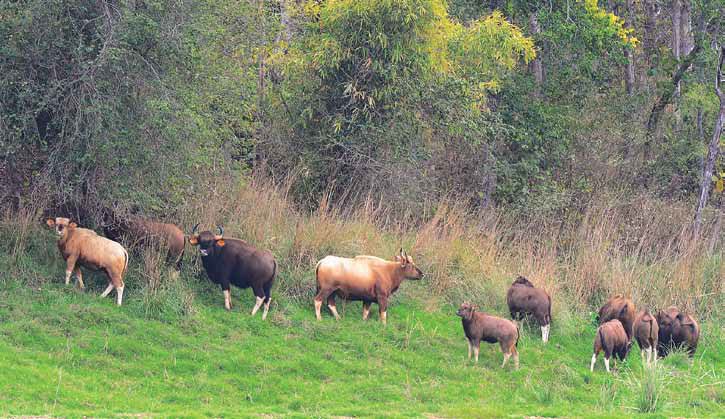
Gaur (Bos gaurus) herd
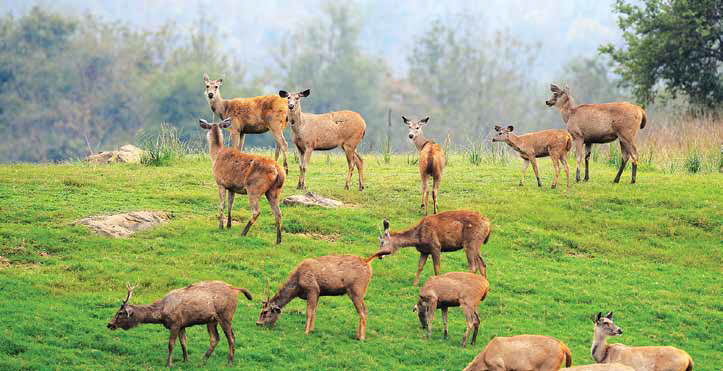
Sambar Deer (Rusa unicolor) herd
Gaur and sambar deer are reportedly found in the finest population sizes in the country. Sambar density is one of the highest in central India. One can have a good sighting of large herds of gaurs and sambars not only in vehicle safari but an exceptionally good view in the lush grasslands formed on the banks of backwaters too while doing boat safari in Madhai.
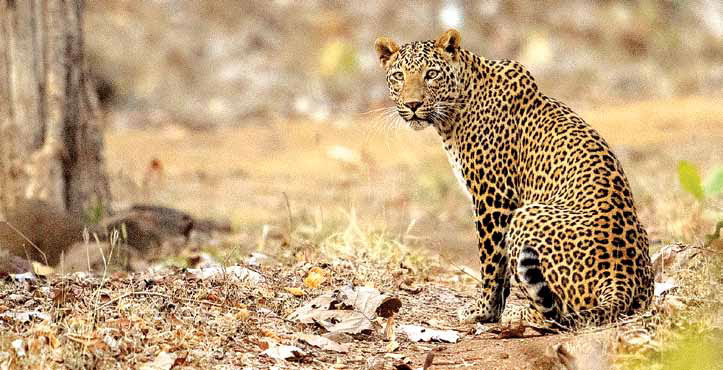
Leopard (Panthera pardus)
Satpuda Tiger Reserve has a good population of tigers, but the sighting of leopards and sloth bear is better in comparison to other tiger reserves of Central India. Leopards and sloth bears can be seen in Madhai zone in vehicle safaris. The backwater also has a good population of mugger crocodile and can been seen basking on the banks especially in the winters.
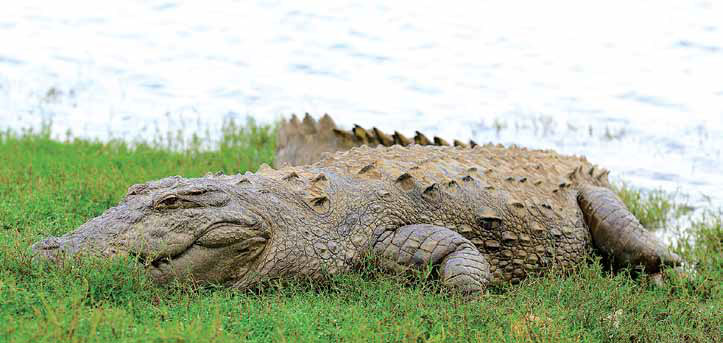
Mugger Crocodile (Crocodylus palustris)
Satpuda Tiger Reserve is a prime example of a central Indian highland ecosystem. It is a unique area of high natural and diverse land resource values. It has a large number of rare and endemic plants especially bryophytes and pteridophytes like Psylotum, Cythea, Osmunda, Lycopodium, Lygodium etc. It is interesting to note that few species which are uncommon elsewhere in Madhya Pradesh, are found here. These include Malastomamalabthricum, Moraya paniculate, Holmkidiasenguines, Blumealanceleria, Sophora interrupta etc. 26 species of Himalayas and 42 species of Nilgiri Hills are also found here.
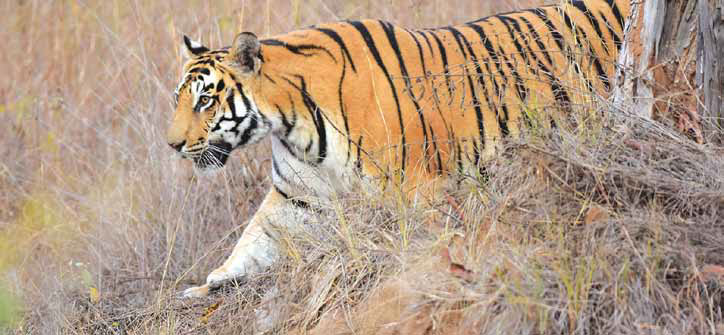
Tiger (Panthera tigris)
The area is most vital for survival of tiger as it is part of one of the largest tiger habitats of the world, the Satpuda Maikal Landscape extending over an area of 10,000 km². This area has historically been renowned for tigers and with good conservation measures the population is steadily increasing. Madhai zone provides a good opportunity for sighting of this magnificent animal.
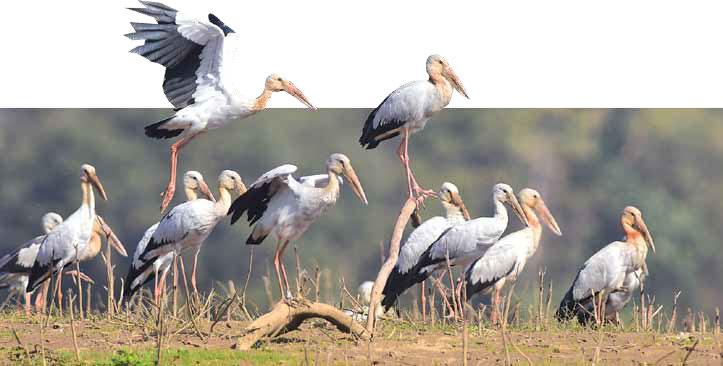
Open-bill Stork (Anastomusoscitans)
At least 14 endangered species of mammals, birds and reptiles inhabits these forests. The flying squirrel, Indian giant squirrels and leaf-nosed bats found here are regarded among the most sensitive to habitat changes. More than 280 species of birds can be seen which include Malabar pied hornbill, Malabar whistling thrush and the state bird Paradise flycatcher. Area is also visited by many migratory birds. Based on its rich, unique, rare and endangered floral and faunal diversity, it was declared as first Biosphere Reserve of Madhya Pradesh in the year 1999. This region is also known as mega biodiversity region or biological hotspot.
This area is especially important from the point of view of archaeology and study of human evolution history, as there are more than 50 rock shelters with beautiful paintings which are 1,500 to 10,000 years old. Some of them are having very rare depiction.

